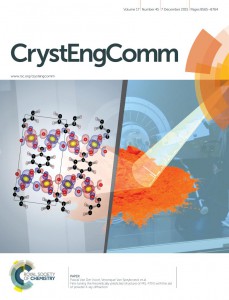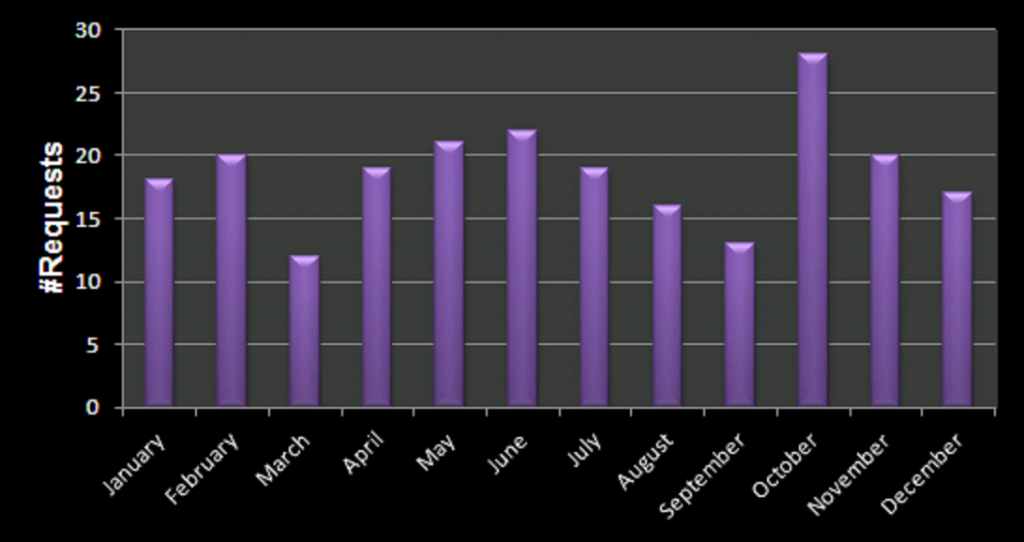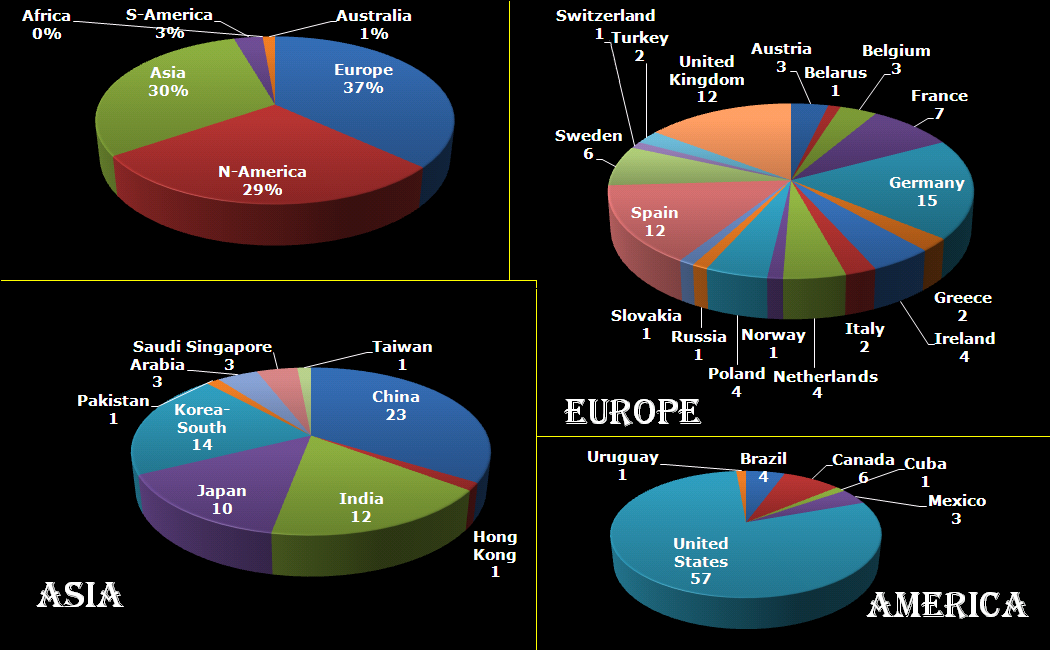Happy New Year
2017 has come and gone. 2018 eagerly awaits getting acquainted. But first we look back one last time, trying to turn this into a old tradition. What have I done during the last year of some academic merit.
Publications: +4
-
Diam. Relat. Mater. 79, 60-69 (2017),
doi: 10.1016/j.diamond.2017.08.009 {IF(2016)=2.561} -
J. Alloys Compd. 729, 240-248 (2017),
doi: 10.1016/j.jallcom.2017.09.168 {IF(2016)=3.133} -
Phys. Chem. Chem. Phys. 19, 12414-12424 (2017),
doi: 10.1039/C7CP00998D {IF(2015)=4.449} -
J. Phys. Chem. C 121(14), 8014-8022 (2017),
doi: 10.1021/acs.jpcc.7b01491 {IF(2015)=4.509}
Completed refereeing tasks: +8
- The Journal of Physical Chemistry (2x)
- Journal of Physics: Condensed Matter (3x)
- Diamond and Related Materials (3x)
Conferences & workshops: +5 (Attended)
- Int. Conference on Diamond and Carbon Materials (DCM) 2017, Gothenburg, Sweden, September 3rd-7th, 2017 [oral presentation]
- Summerschool: “Upscaling techniques for mathematical models involving multiple scales”, Hasselt, Belgium, June 26th-29th, 2017 [poster presentation]
- VSC-user day, Brussels, Belgium, June 2nd, 2017 [poster presentation]
- E-MRS 2017 Spring Meeting, Strasbourg, France, May 22nd-26th, 2017 [1 oral + 2 poster presentations]
- SBDD XXII, Hasselt University, Belgium, March 8th-10th, 2017 [poster presentation]
PhD-students: +1
- Mohammadreza Hosseini (okt.-… ,Phd student physical chemistry, Tarbiat Modares University, Teheran, Iran)
Bachelor-students: +2
- Asja Vanwetswinkel (3rd Bach. Phys., Project: Applied Phonons)
- Giel Oosterbos (3rd Bach. Phys., Project: Ge-V complexes in Diamond)
Current size of HIVE:
- 48.5K lines of program (code: 70 %)
- ~70 files
- 45 (command line) options
Hive-STM program:
- 24 new users (making for a total of 300 users)








 ou thought of the quality of those papers. You can also ask your colleagues what they think of the quality.
ou thought of the quality of those papers. You can also ask your colleagues what they think of the quality.